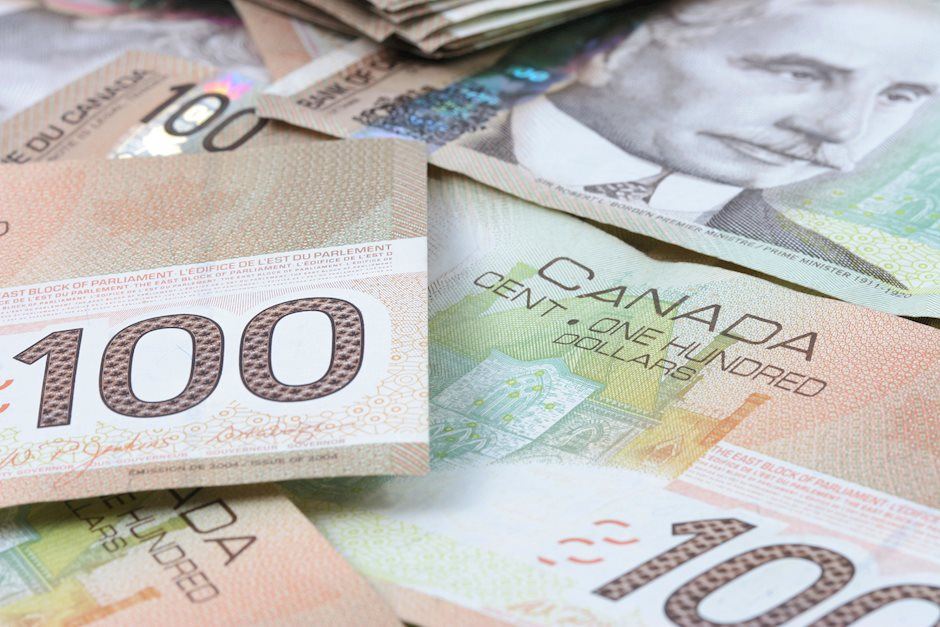USD/CAD Price Analysis: Bulls retain control above mid-1.3700s, multi-week high
- USD/CAD trades with a positive bias for the fifth straight day, closer to a multi-week top.
- The uptick is led by the recent slump in Oil prices and seems unaffected by a weaker USD.
- The technical setup favors bullish traders and supports prospects for a further move up.

The USD/CAD pair attracts some buyers for the fifth successive day on Tuesday and trades above mid-1.3700s during the Asian session, closer to a six-week peak touched the previous day.
The recent slump in Crude Oil prices, to over a one-month low, is seen as a key factor undermining the commodity-linked Loonie and acting as a tailwind for the USD/CAD pair. The uptick, meanwhile, seems rather unaffected by the emergence of some selling around the US Dollar (USD), which continues to be weighed down by bets for an interest rate cut by the Federal Reserve (Fed) in September.
From a technical perspective, the overnight sustained breakout and a close above the 1.3740 supply zone could be seen as a fresh trigger for bullish traders. Moreover, oscillators on the daily chart are holding in positive territory and are still away from being in the overbought zone. This, in turn, validates the positive bias and suggests that the path of least resistance for the USD/CAD pair is to the upside.
Some follow-through buying beyond the 1.3775 area, or the multi-week top set on Monday, will reaffirm the constructive outlook and allow bulls to reclaim the 1.3800 mark. The momentum could extend further and lift the USD/CAD pair back towards the YTD peak, around the 1.3845 region touched on April 16.
On the flip side, weakness below the 1.3740 resistance breakpoint is likely to attract fresh buyers and remain limited near the 1.3700 round figure. A convincing break below the latter might prompt some technical selling and drag the USD/CAD pair to the 100-day Simple Moving Average (SMA) support, currently pegged near the 1.3655 region, which should now act as a key pivotal point.
USD/CAD daily chart
Canadian Dollar FAQs
The key factors driving the Canadian Dollar (CAD) are the level of interest rates set by the Bank of Canada (BoC), the price of Oil, Canada’s largest export, the health of its economy, inflation and the Trade Balance, which is the difference between the value of Canada’s exports versus its imports. Other factors include market sentiment – whether investors are taking on more risky assets (risk-on) or seeking safe-havens (risk-off) – with risk-on being CAD-positive. As its largest trading partner, the health of the US economy is also a key factor influencing the Canadian Dollar.
The Bank of Canada (BoC) has a significant influence on the Canadian Dollar by setting the level of interest rates that banks can lend to one another. This influences the level of interest rates for everyone. The main goal of the BoC is to maintain inflation at 1-3% by adjusting interest rates up or down. Relatively higher interest rates tend to be positive for the CAD. The Bank of Canada can also use quantitative easing and tightening to influence credit conditions, with the former CAD-negative and the latter CAD-positive.
The price of Oil is a key factor impacting the value of the Canadian Dollar. Petroleum is Canada’s biggest export, so Oil price tends to have an immediate impact on the CAD value. Generally, if Oil price rises CAD also goes up, as aggregate demand for the currency increases. The opposite is the case if the price of Oil falls. Higher Oil prices also tend to result in a greater likelihood of a positive Trade Balance, which is also supportive of the CAD.
While inflation had always traditionally been thought of as a negative factor for a currency since it lowers the value of money, the opposite has actually been the case in modern times with the relaxation of cross-border capital controls. Higher inflation tends to lead central banks to put up interest rates which attracts more capital inflows from global investors seeking a lucrative place to keep their money. This increases demand for the local currency, which in Canada’s case is the Canadian Dollar.
Macroeconomic data releases gauge the health of the economy and can have an impact on the Canadian Dollar. Indicators such as GDP, Manufacturing and Services PMIs, employment, and consumer sentiment surveys can all influence the direction of the CAD. A strong economy is good for the Canadian Dollar. Not only does it attract more foreign investment but it may encourage the Bank of Canada to put up interest rates, leading to a stronger currency. If economic data is weak, however, the CAD is likely to fall.
Author

Haresh Menghani
FXStreet
Haresh Menghani is a detail-oriented professional with 10+ years of extensive experience in analysing the global financial markets.


















